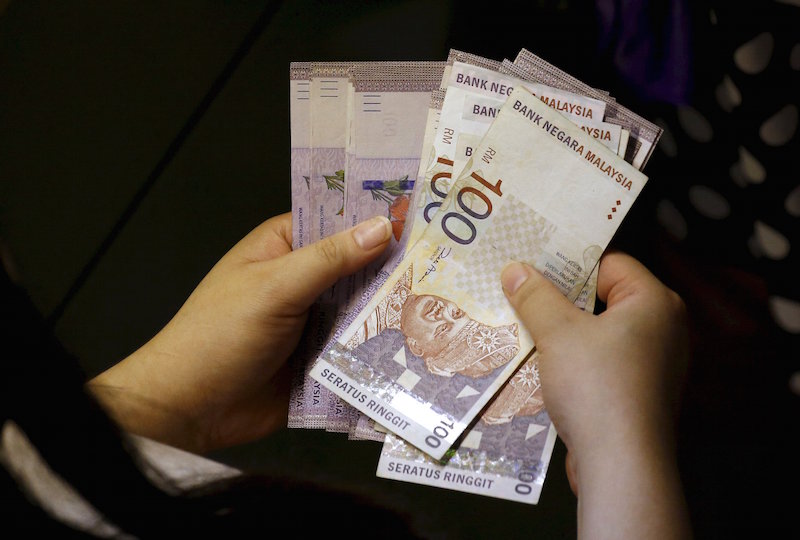KUALA LUMPUR, Aug 10 — The ringgit has shown resilience in these tempestuous times as global economy struggles to come to terms with Covid-19 and the pressure of economic volatility.
The ringgit was trading below the 4.20 threshold against the US dollar in five months, supported by rising oil prices and favourable Malaysia Government Securities, as well as Malaysian Islamic Treasury Bills’ yield divergence, economists said.
Overall, the local currency has appreciated 4.71 per cent in the last 133 days.
In contrast, the greenback, in July, lost five per cent of its value against major basket of currencies, but the ringgit appreciated from RM4.44 on March 23 to RM4.24 on Aug 3.
“I can foresee the ringgit trading at 4.05 mark against the US dollar at year-end, the level it was trading on Jan 17, 2020.
“It will be trading between 3.97 and 4.30 level this year on a weaker US dollar,” Juwai IQI Global chief economist Shan Saeed told Bernama.
The fair market value of the pair is 4.15 and 4.24 versus US dollar in the third quarter, he said, adding that year-end forecast for the pair is between the 4.00 and 4.05 level.
He said the greenback will continue to move in the downward spiral as sophisticated and smart investors were moving into other currencies such as Chinese yuan and British pound.
“Dollar has lost five per cent of its value against major currencies in the last 33 days because its macroeconomic stability becomes a huge question mark.
“I think, it continues to stay weak as the country’s economic outlook looks fragile and uncertain,” Shan said.
He pointed out that the deep ‘L’ shaped recession in the US will persist for the next two years and the Federal Reserve is expected not to increase rates until Dec 2022.
While all of these factors will have positive impact, the ringgit might trade slightly lower this week due to an expected sharp decrease of the second quarter gross domestic product (GDP) growth, according to Kenanga Research.
Bank Negara Malaysia (BNM) is scheduled to announce the results on August 14.
“We will continue to see monetary and fiscal policy amalgamation and work in progress as the government tries its best to maintain macroeconomic stability,” Shan said.
He expects BNM will not increase the overnight policy rate for the next 18 to 24 months as global central banks are pursuing lower interest rate regime.
To date, BNM has lowered OPR rate to 1.75 per cent.
“Global central banks will continue to adopt accommodative monetary policy to spur growth in order to meet their mandate for growth outlook in order to achieve economic progression for the masses at the macro level,” Shan said.
So far, 39 central banks have lowered their interest rate, thus signalling the shift in the monetary policy outlook for the next two years. — Bernama






















